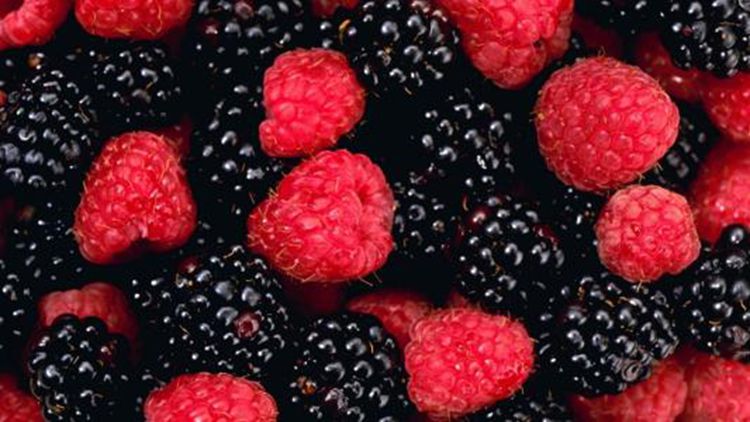
GUANGDONG KELONG BIOTECHNOLOGY CO., LTD.
Add: No.5-17 and No.5-32, South area of Qibao Industry and Trade, Huicheng, Xinhui, Jiangmen, Guangdong, China
Tel:+86-750-6978788
Fax:+86-750-6978868
Wechat: 13828063050
Website: http://revistapescaperu.com
Email: export@kelongbio.com
marketing@kelongbio.com

Potassium sorbate (sorbic acid) ranks second in common preservatives. Similarly, sorbic acid has some aliases, such as hexadienoic acid, herbal acid, and acrylic acid.
Potassium sorbate is an internationally recognized safe and effective preservative that can participate in normal metabolism in the body. Its toxic side effects are even lower than vitamin C. The antifungal effect is 5 to 10 times that of sodium benzoate. The daily allowable intake (ADI) of potassium sorbate is 0 to 25 mg/kg (body weight), which is 5 times that of sodium benzoate.
Since potassium sorbate is so good, why not eliminate sodium benzoate? Because sodium benzoate is a relatively inexpensive preservative, and the antiseptic spectrum of potassium sorbate and sodium benzoate is not the same, potassium sorbate is mainly for fungi (mold), which has a weak effect on bacteria, while sodium benzoate is mainly for bacteria. It has a weak effect on fungi. This also results in two types of preservatives with different emphasis, different applications, and even combined use.
Chinese food culture pays attention to "color, fragrance, taste" and "color" ranks first, showing how important the beautiful color is to the appetite. But how many of these attractive colors are synthetic? How much influence does the child have on the body?
The pigments that the state allows to be added to foods are divided into two categories: natural pigments and synthetic pigments. The use of natural pigments has a long history. Take the tofu that we often eat. The red color is a natural pigment called red yeast. Natural pigments are generally harmless to the human body.
Synthetic pigments are made from raw materials separated from coal tar, so they are also called coal tar pigments or aniline pigments. Excessive consumption of artificial synthetic pigments is detrimental to the health of the human body, especially to children.
If I ask you, the three pigments of temptation red, carmine, and amaranth, which are natural and which are synthetic? You must see at a glance, "temptation red", this must be synthetic, then hesitated a bit, "carmine" also classified as artificial synthesis, and finally, without hesitation, put "amaranth" To the camp of natural pigments. I tell you, wrong! These three pigments are synthetic!
The name of some natural pigments is indeed related to its source, such as "beet red", which is the natural red pigment derived from sugar beet, but "amaranth" refers to "red color similar to amaranth". It is these seemingly natural synthetic pigments that are most likely to be paralyzed.
The term acidity regulator sounds stranger, but picks up a bottle of “ice black tea” and you will find “citric acid, malic acid, sodium citrate” in the ingredient list. In fact, these are acidity regulators. The acidity regulator can improve the taste, stabilize the color, and has an anti-oxidation effect, which can prevent the rancidity of the food and play a certain antiseptic effect.
Most of the acidity regulators are organic acids and organic acid salts, which are mostly normal components of foods. They can participate in normal metabolism of the human body, have high safety and have no toxic effects on the human body. In addition to citric acid and citrate (sodium citrate, potassium citrate), lactic acid, tartaric acid, and malic acid are also commonly used acidity regulators.